Using a variety of techniques to develop hybrid scavenger nanoparticles, researchers in China have created an efficient and reusable water filter to effectively clean polluted water up to safe drinking standards.
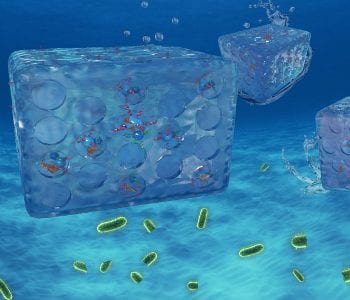

Using a variety of techniques to develop hybrid scavenger nanoparticles, researchers in China have created an efficient and reusable water filter to effectively clean polluted water up to safe drinking standards.
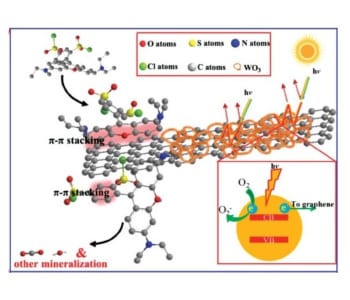
A WO3–graphene photocatalyst has been developed that can efficiently degrade the dye Rhodamine B.
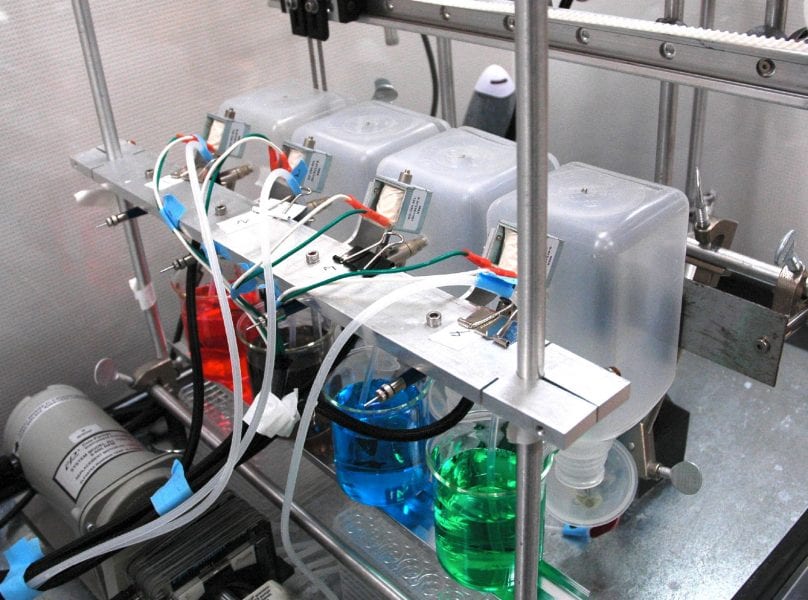
Layer-by-layer assembly (or LbL assembly for short) is a promising candidate for scaling up the production of thin films to meet industry needs.
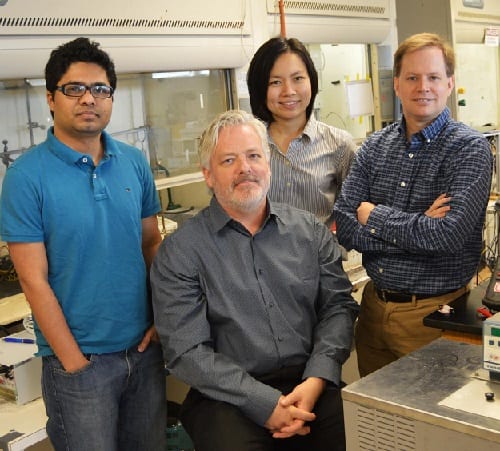
Researchers have proven that concentrated light, heat and high pressures can drive the one-step conversion of CO2 and water into liquid hydrocarbon fuels.
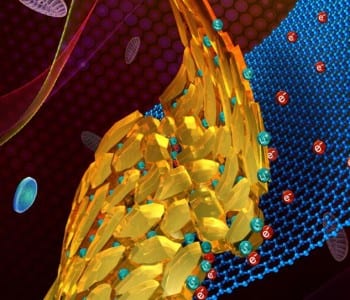
The biomineralization-inspired synthesis of a TiO2/reduced graphene oxide composite is developed for a high-performance Li-ion battery material.
Zhang’s group developed a new synthetic method for preparing M,N-C electrocatalysts.
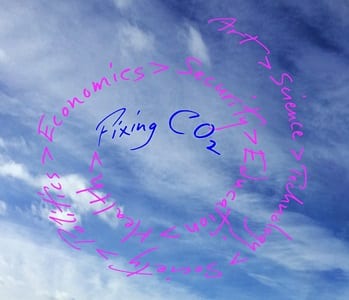
We all love CO2 – let’s do it, let’s fix CO2 fixation!
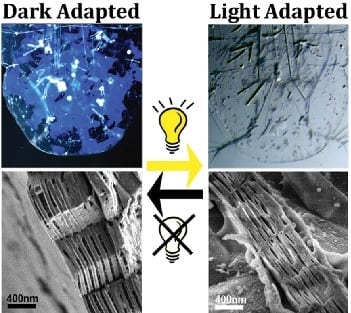
The males of certain species of copepods, small marine crustaceans, produce some of the most spectacular colors in nature.
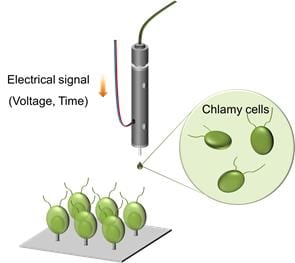
The direct insertion of nanowires into living algal cells using inkjet printing technology is demonstrated.
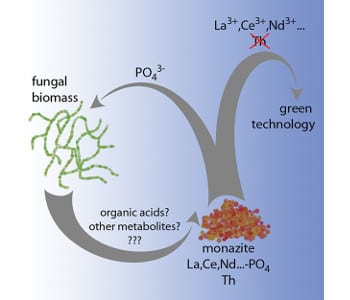
The bioleaching of rare earth elements from monazite sand by fungal strains is more effective and environmentally friendly alternative to conventional chemical extraction approaches.